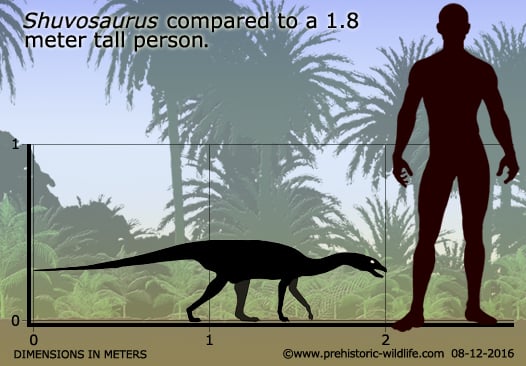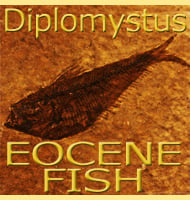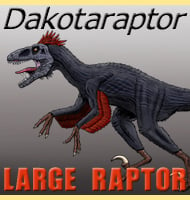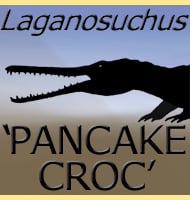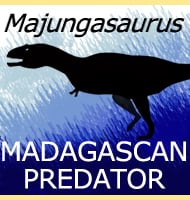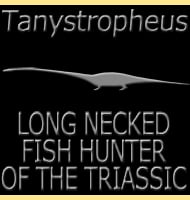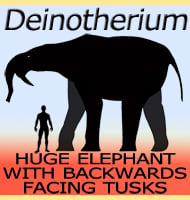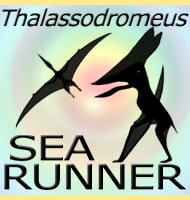In Depth
Shuvosaurus was described from the discovery of a skull that had no teeth but a well-developed beak-like anterior portion. Because of this, Shuvosaurus was at the time considered to possibly be an ancient ancestor to the ornithomimosaurs, a group of dinosaurs that at the time of writing are only known from Cretaceous era fossil deposits. Later study, particularly the description of the genus Effigia in 2006, has now yielded the conclusion that Shuvosaurus is not actually a dinosaur, but a form of rauisuchian. Because the mouth is beaked and toothless, it is difficult to establish what kind of diet Shuvosaurus head, since a beaked mouth could be used for either a carnivorous or herbivorous diet, possibly even both.
Sankar Chatterjee named Shuvosaurus after his son, who was also the person to discover the Shuvosaurus holotype. The species name ‘inexpectatus’ is a reflection of the unexpected nature of the find. Another genus named by Chatterjee, Chatterjeea, is now considered a synonym to Shuvosaurus, and hence material once labelled as Chatterjeea is now referred to as Shuvosaurus. Additionally, the vertebrae once attributed to the Gojirasaurus holotype, are now regarded as belonging to Shuvosaurus.
Further Reading
- An unusual toothless archosaur from the Triassic of Texas: the world’s oldest ostrich dinosaur?, Sankar Chatterjee - 1991. - Shuvosaurus, a new theropod: an unusual theropod dinosaur from the Triassic of Texas, Sankar Chatterjee - 1993. - The anatomy of Effigia okeeffeae (Archosauria, Suchia), theropod-like convergence, and the distribution of related taxa, S. Nesbitt - 2007.
